Gaming on Linux on M1 is here! We’re thrilled to release our Asahi game playing toolkit, which integrates our Vulkan 1.3 drivers with x86 emulation and Windows compatibility. Plus a bonus: conformant OpenCL 3.0.
Asahi Linux now ships the only conformant OpenGL®, OpenCL™, and Vulkan® drivers for this hardware. As for gaming… while today’s release is an alpha, Control runs well!

Installation
First, install Fedora Asahi Remix. Once
installed, get the latest drivers with dnf
upgrade --refresh && reboot. Then just dnf install steam and play. While all M1/M2-series systems work, most games require 16GB of memory due to emulation overhead.
The stack
Games are typically x86 Windows binaries rendering with DirectX, while our target is Arm Linux with Vulkan. We need to handle each difference:
- FEX emulates x86 on Arm.
- Wine translates Windows to Linux.
- DXVK and vkd3d-proton translate DirectX to Vulkan.
There’s one curveball: page size. Operating systems allocate memory in fixed size “pages”. If an application expects smaller pages than the system uses, they will break due to insufficient alignment of allocations. That’s a problem: x86 expects 4K pages but Apple systems use 16K pages.
While Linux can’t mix page sizes between processes, it can virtualize another Arm Linux kernel with a different page size. So we run games inside a tiny virtual machine using muvm, passing through devices like the GPU and game controllers. The hardware is happy because the system is 16K, the game is happy because the virtual machine is 4K, and you’re happy because you can play Fallout 4.
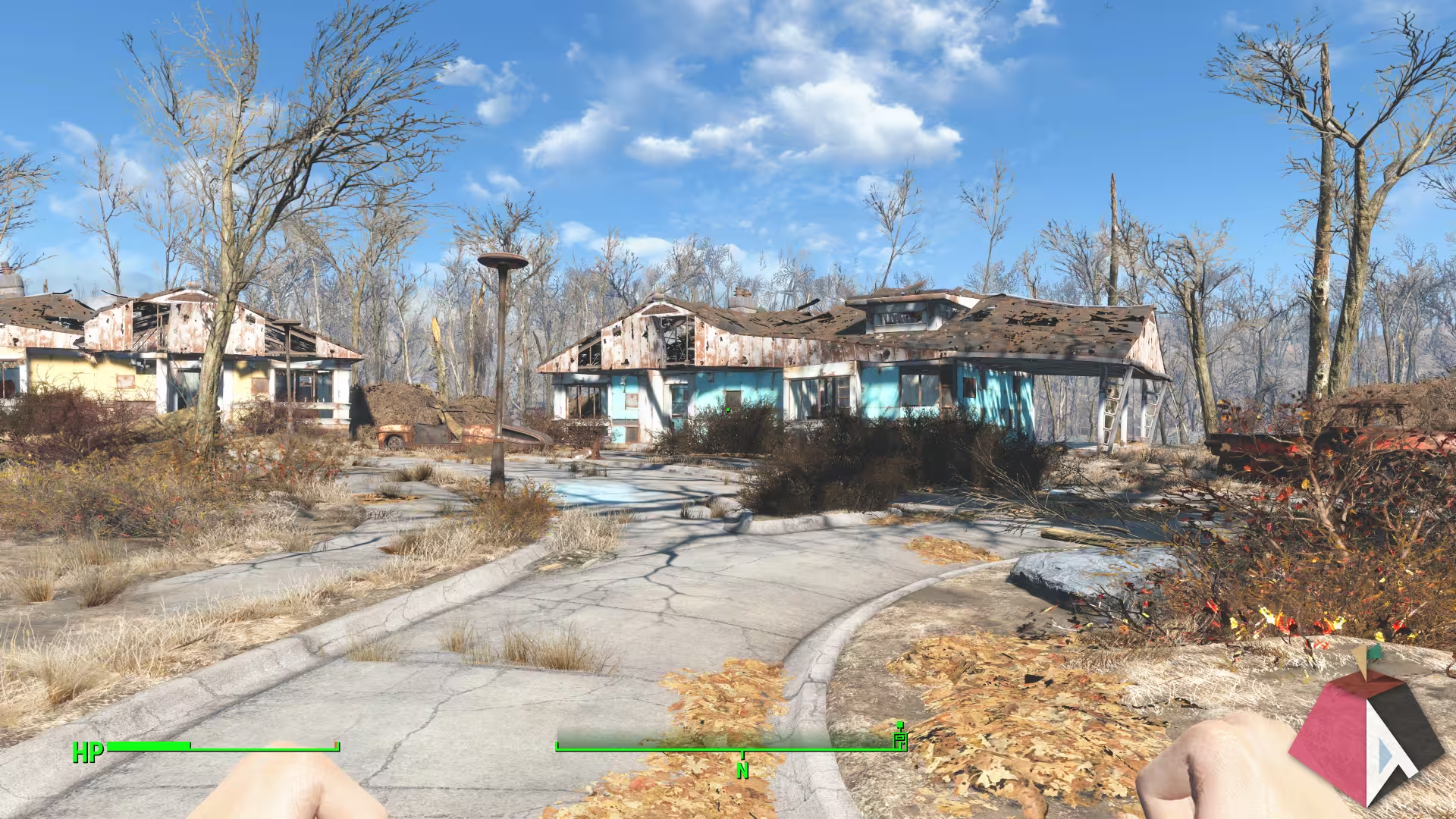
Vulkan
The final piece is an adult-level Vulkan driver, since translating DirectX requires Vulkan 1.3 with many extensions. Back in April, I wrote Honeykrisp, the only Vulkan 1.3 driver for Apple hardware. I’ve since added DXVK support. Let’s look at some new features.
Tessellation
Tessellation enables games like The Witcher 3 to generate geometry. The M1 has hardware tessellation, but it is too limited for DirectX, Vulkan, or OpenGL. We must instead tessellate with arcane compute shaders, as detailed in today’s talk at XDC2024.

Geometry shaders
Geometry shaders are an older, cruder method to generate geometry. Like tessellation, the M1 lacks geometry shader hardware so we emulate with compute. Is that fast? No, but geometry shaders are slow even on desktop GPUs. They don’t need to be fast – just fast enough for games like Ghostrunner.
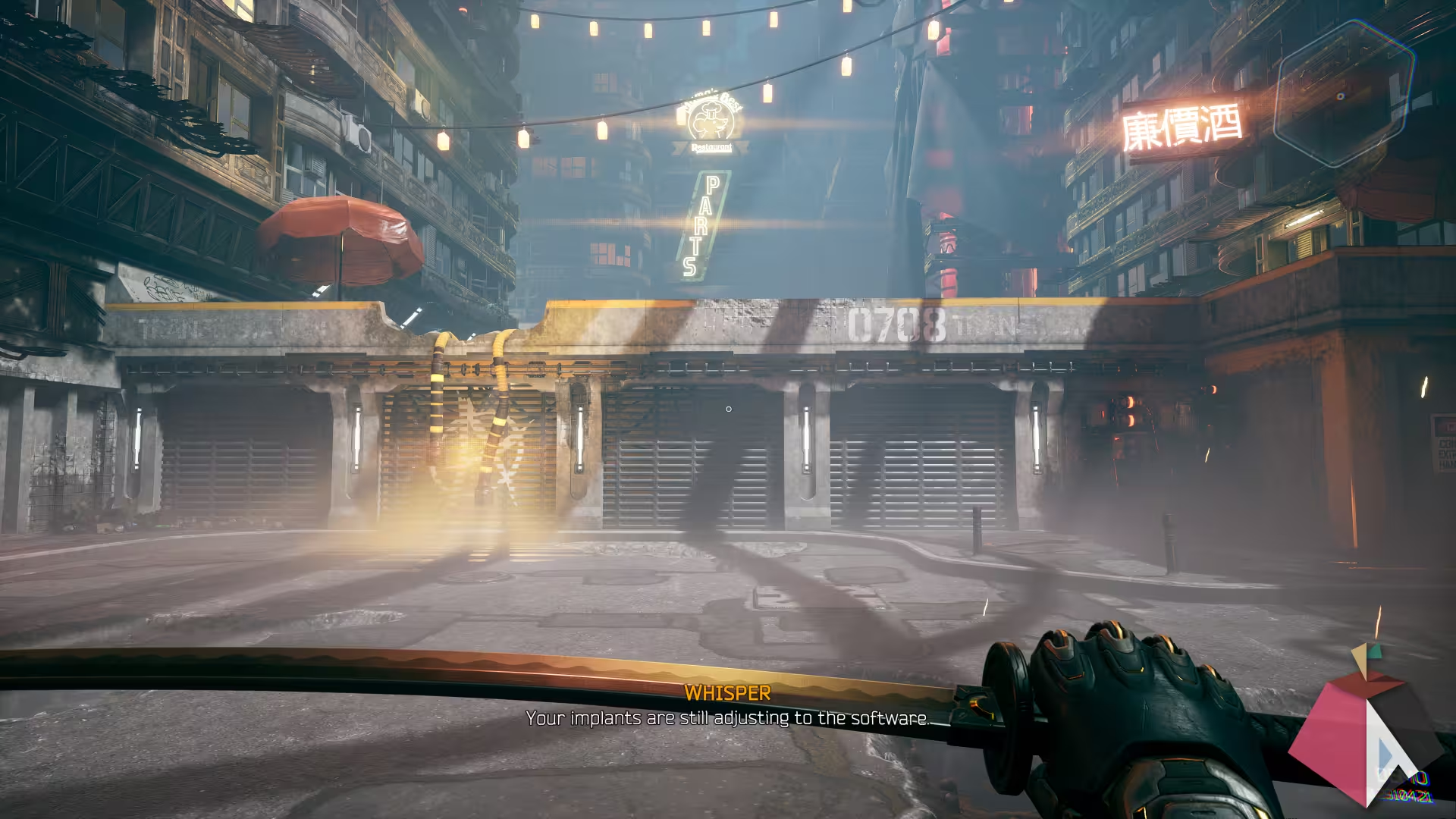
Enhanced robustness
“Robustness” permits an application’s shaders to access buffers out-of-bounds without crashing the hardware. In OpenGL and Vulkan, out-of-bounds loads may return arbitrary elements, and out-of-bounds stores may corrupt the buffer. Our OpenGL driver exploits this definition for efficient robustness on the M1.
Some games require stronger guarantees. In DirectX, out-of-bounds loads return zero, and
out-of-bounds stores are ignored. DXVK therefore requires
VK_EXT_robustness2,
a Vulkan extension strengthening robustness.
Like before, we implement robustness with compare-and-select instructions. A naïve implementation would compare a loaded index with the buffer size and select a zero result if out-of-bounds. However, our GPU loads are vector while arithmetic is scalar. Even if we disabled page faults, we would need up to four compare-and-selects per load.
load R, buffer, index * 16
ulesel R[0], index, size, R[0], 0
ulesel R[1], index, size, R[1], 0
ulesel R[2], index, size, R[2], 0
ulesel R[3], index, size, R[3], 0
There’s a trick: reserve 64 gigabytes of zeroes using virtual memory voodoo. Since every 32-bit index multiplied by 16 fits in 64 gigabytes, any index into this region loads zeroes. For out-of-bounds loads, we simply replace the buffer address with the reserved address while preserving the index. Replacing a 64-bit address costs just two 32-bit compare-and-selects.
ulesel buffer.lo, index, size, buffer.lo, RESERVED.lo
ulesel buffer.hi, index, size, buffer.hi, RESERVED.hi
load R, buffer, index * 16
Two instructions, not four.
Next steps
Sparse texturing is next for Honeykrisp, which will unlock more DX12 games. The alpha already runs DX12 games that don’t require sparse, like Cyberpunk 2077.
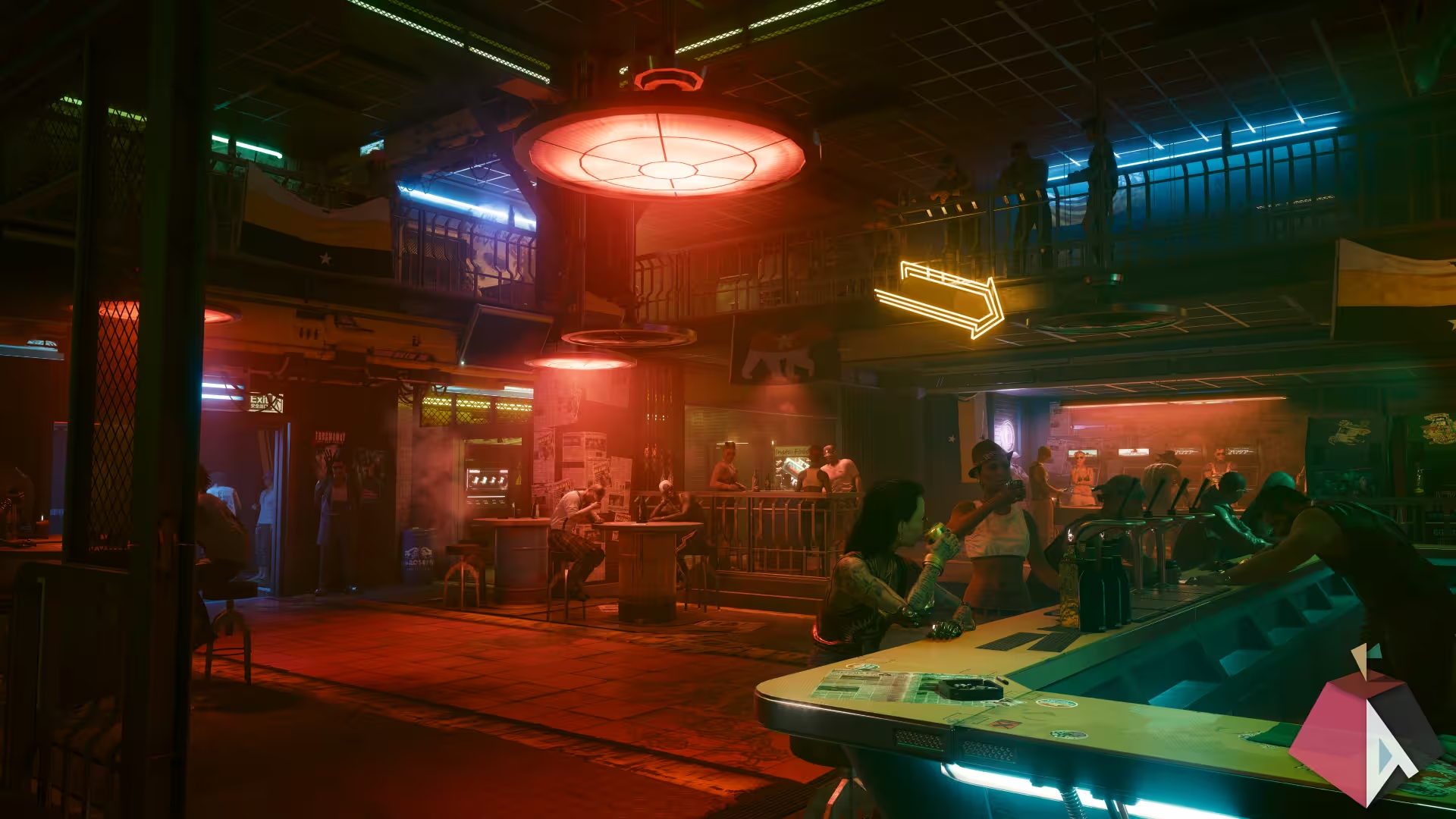
While many games are playable, newer AAA titles don’t hit 60fps yet. Correctness comes first. Performance improves next. Indie games like Hollow Knight do run full speed.
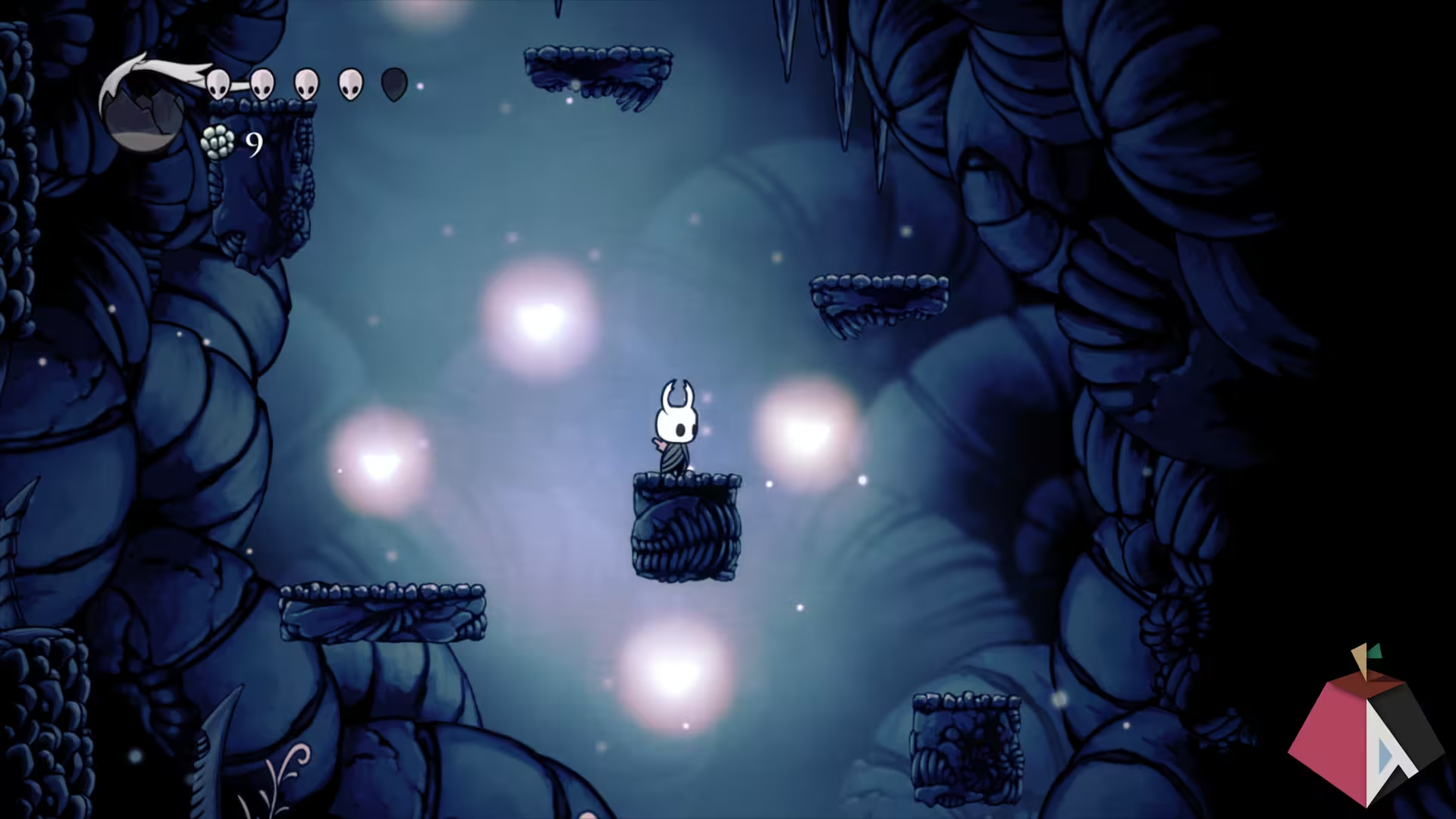
Beyond gaming, we’re adding general purpose x86 emulation based on this stack. For more information, see the FAQ.
Today’s alpha is a taste of what’s to come. Not the final form, but enough to enjoy Portal 2 while we work towards “1.0”.
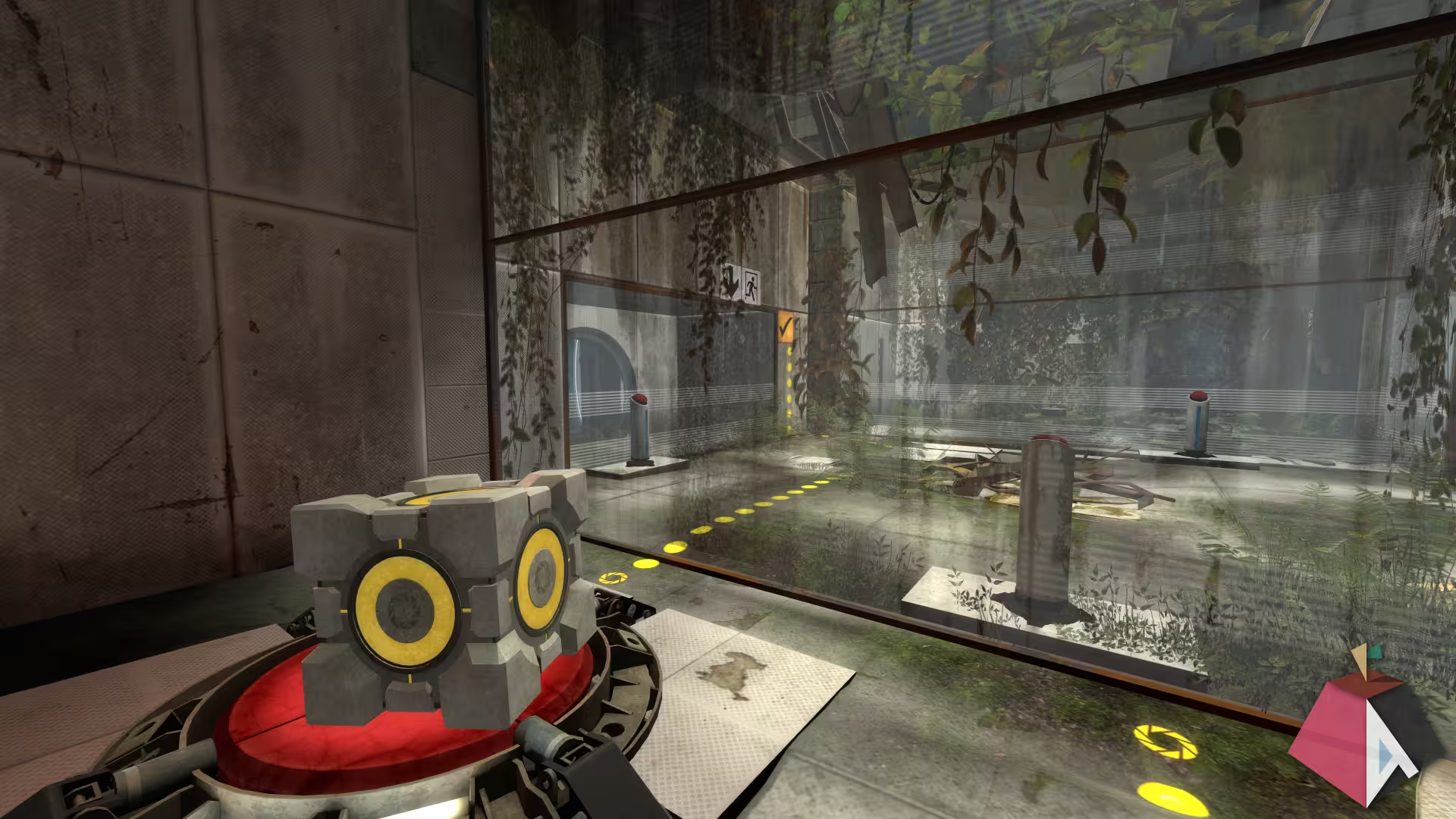
Acknowledgements
This work has been years in the making with major contributions from…
- Alyssa Rosenzweig
- Asahi Lina
- chaos_princess
- Davide Cavalca
- Dougall Johnson
- Ella Stanforth
- Faith Ekstrand
- Janne Grunau
- Karol Herbst
- marcan
- Mary Guillemard
- Neal Gompa
- Sergio López
- TellowKrinkle
- Teoh Han Hui
- Rob Clark
- Ryan Houdek
… Plus hundreds of developers whose work we build upon, spanning the Linux, Mesa, Wine, and FEX projects. Today’s release is thanks to the magic of open source.
We hope you enjoy the magic.
Happy gaming.
